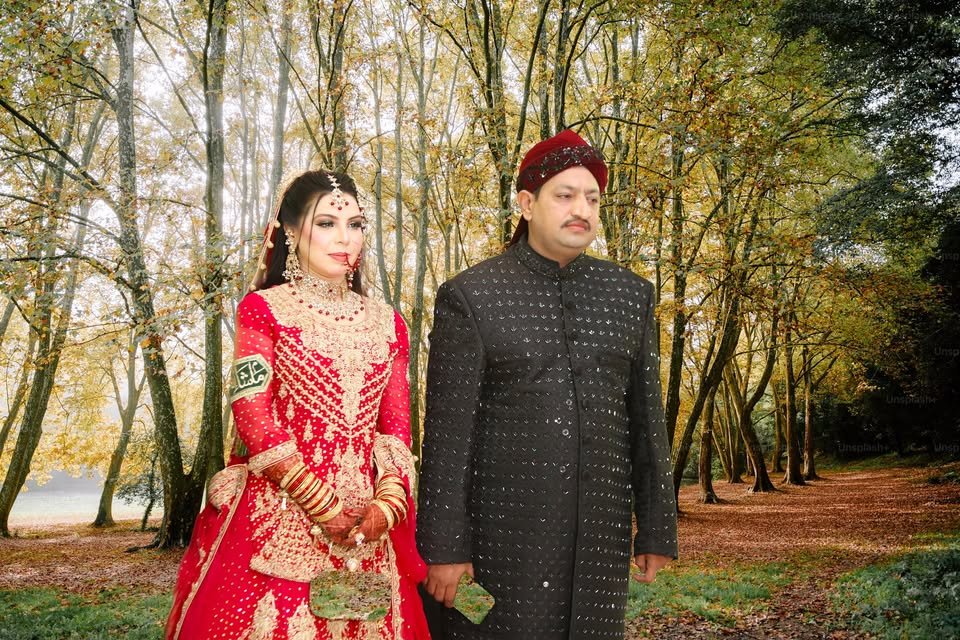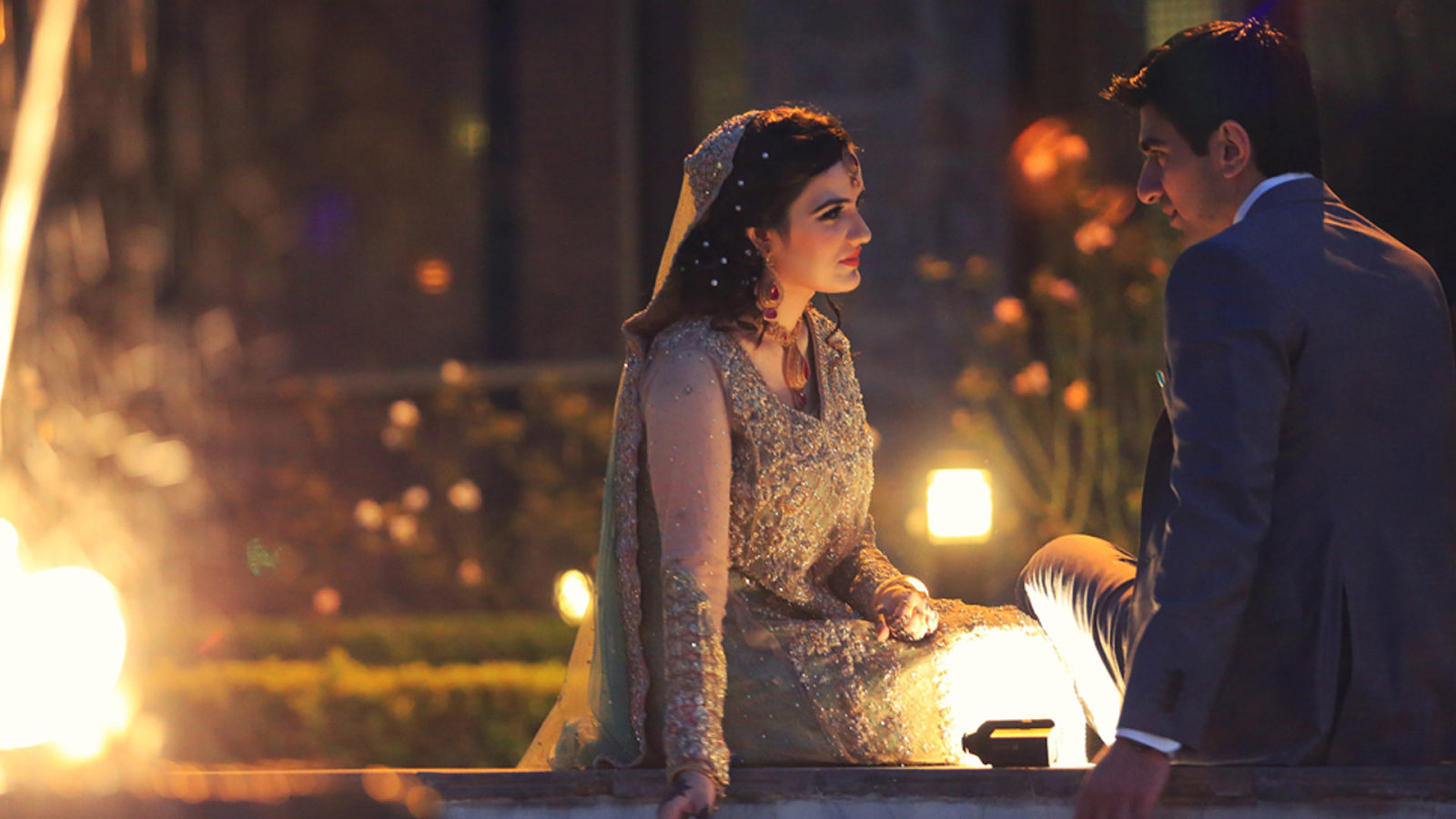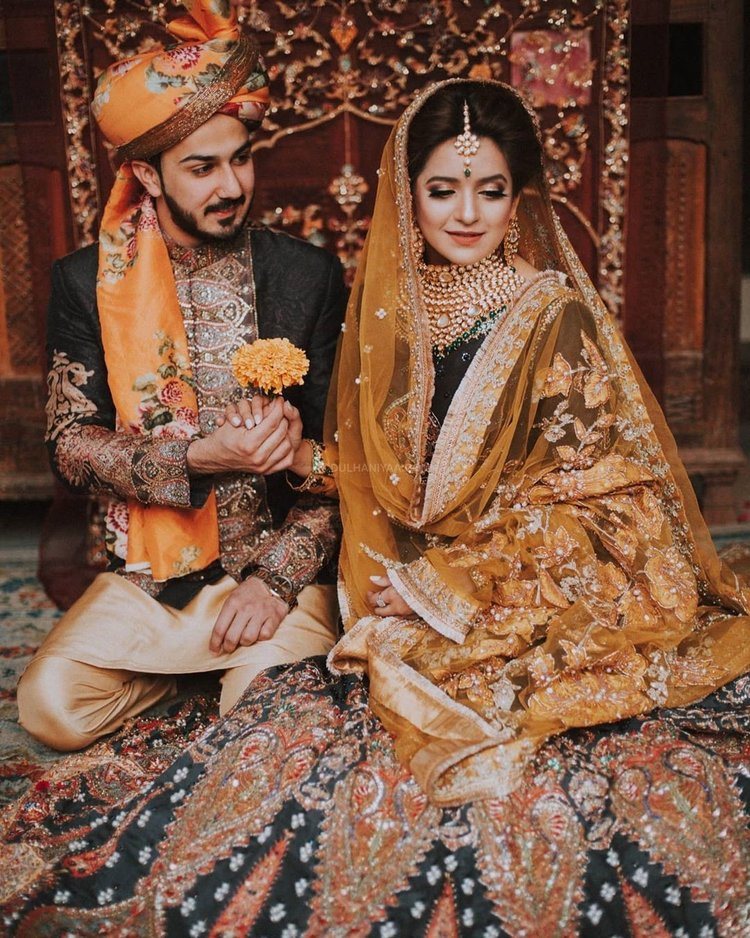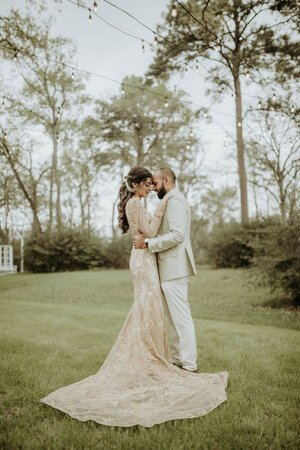Tips for Event Photography: Capturing Bridal Magic in Pakistan


Wedding photography is not only an art of beautiful images but also a way to preserve memories, emotions, and cultural traditions that define one of the most important days in a person’s life. In Pakistan, where weddings mean an elaborate celebration of culture, tradition, and family, bridal photography holds a special place.
Reason being, capturing the perfect bridal moment is everything about skill and technique; it’s also about knowledge of cultural particularities and rapport with the couple. This article will go in-depth into some key event photography tips aimed at capturing unforgettable bridal moments in Pakistan and preserving every minute detail related to the bride’s big day for eternity.
A wedding is a multiple-day event in Pakistan, involving different functions, such as mayun, mehndi, baraat, and walima—each having their customs, rituals, and beauty. Bridal shoots need to reflect every one of them, giving full respect to their cultural and religious importance.
This is the pre-wedding event wherein the bride will be pampered with love by her family and close relatives. Commonly, turmeric paste application may be one of them. The feel here should show tender, warm, and merrymaking moments.
The hands and feet of the bride are painted with henna, and music and dancing are filled in the atmosphere. This could also be one of the best moments to shoot the bride in a more relaxed and fun setting.

This is the most formal and grand event where the bride gets a very grand welcome to the groom’s home, marking the initiation of the marriage. Dramatic and elegant portraits of the bride in her wedding attire are crucial at this stage.
The wedding reception, which follows the wedding, is usually quite a grand and joyous occasion where the newlywed bride and groom are presented before their relatives and friends. For this, there could be different, often more contemporary styling that presents an opportunity to capture other sides of your bride’s personality.
Understanding these customs will allow you to anticipate certain key moments and help the bride be comfortable and confident with you while photographing her through each ceremony.

A successful bridal photography session starts well in advance of the event. The weddings are pretty complex in nature, with many moving parts, and it’s very easy for a photographer to be overwhelmed. Proper preparation is essential for smooth execution.
It is very important to meet with the bride and groom well in advance of the actual wedding date to discuss their vision for the photography. Understand what they like, what shots are must-haves, and any family traditions or rituals that need to be photographed. It is also helpful to understand the layout of the venue to plan for lighting and optimal angles.
A wedding outfit, whether it is a lehenga, saree, or shalwar kameez, usually is very intricate and heavy. Capture minute details like embroidery, beadwork, and colors reflecting in the bride’s personality and style. If possible, photograph the dress before the bride wears it to showcase the craftsmanship.
Be prepared for the varied lighting conditions through each stage of the wedding. Most wedding halls in Pakistan are lit up in such a way that sometimes it could be your best friend, sometimes your worst enemy. In these cases, during the ceremony, especially in the dimly lit halls, one should try to mix natural and artificial light.
Natural light is your best friend when it comes to bridal photography. It showcases the bride’s natural beauty and gives it a soft romantic feel, great for intimate portraits.
This is the best time for outdoor bridal portraits, in the golden hour right after sunrise or before sunset. At this time, the soft and warm light will cast a flattering glow on the bride’s skin, ideal for close-up shots.
Indoor shootings can creatively use natural light from the windows or doors. For portraits, soft, diffused light is great, but avoid harsh direct light that might fall on the bride’s face and result in less-than-flattering shadows.
Since most wedding venues in Pakistan are highly ornate and dark, it’s very important to complement the natural light with your equipment. A professional photographer should always carry portable lighting options to balance shadows and retain the vibrancy of the bridal attire.
While the posed shot will be highly important, candid shots should be at the heart of the bridal event photography. In weddings, almost every single minute has one passing moment or the other, from the true apprehension on the bride to getting ready down the aisle, from apprehensive waits before the function starts to overjoyed laughter on any particular family joke inside the heart of one or the other in the guest list. Being able to showcase those candid shots makes for a telling album story.
If the bride and groom are going to do a first look, this is one of the most emotional parts of the day. Be prepared to capture the reaction of both the bride and groom when they see each other for the first time.
The bride might catch happiness, excitement, or even a few tears, which should be captured authentically. Those moments are not just of the bride but also of her family and friends, most importantly of her parents. Capturing moments like the mother looking tearfully upon her daughter in bride attire is one moment every photographer should include in wedding photography.
Right from dancing and playing games to vibrant interaction, a Pakistani wedding is a bundle of fun moments. Capture the fun moments—they add a unique vibrancy to the wedding album.
The brides of Pakistan are elaborately accessorized, from jewels to mehndi and dupatta. These things are very close to the cultural and personal feelings of the bride, and paying close attention to such minute details can elevate the overall storytelling of the photos.
The jewelry may be traditional gold or modern diamond pieces; it defines the bride and is a major factor in defining the look of a bride. From close-ups of maang tikka, chooda, nath to jhoomar, all these will bring out the perfect bridal attire.
The bridal henna itself says a lot pictorially. Shoot some close-ups of the hands, feet, and nails of the bride with detailed mehndi designs. Henna is part of a very traditional practice but also part of beauty and celebration.
Though not a very common trend as it is in western weddings, yet a Pakistani bride can carry a bouquet. Clicking on the bouquet with the posture of a bride makes a photo look classy.
For the posing, find an angle that depicts the bride beautifully with her dress and theme of the wedding. Pakistani Bridal outfit is usually quite elaborate and heavy, but that does not hurt posing a bride in angles that outline elegance and grace.
Encourage the bride to stand with her shoulders slightly turned and her head facing the camera. This will lengthen her body and provide a more attractive angle on her figure.
Capture minute details of hands, like holding a dupatta or adjusting the jewelry of the bride. These little, thoughtful gestures add elegance to the photograph.
It’s necessary to capture the natural expression of the bride. Ask her to look at a family member, smile genuinely, or even close her eyes for a peaceful moment. This will create more candid, emotional, and intimate portraits.
While the close-ups and portraits are crucial to capture the detail, all wide-angle snaps of the venue themselves are just about as critical if one wants any sense of size and scope. Establishing shots include the setting—atmosphere within which the subject exists; thereby, decoration inside, guests who attended it, and generally much about the scale that the ceremony may have had.
Before the guests arrive, shoot wide-angle shots of the venue, be it a luxurious hotel ballroom or a beautifully decorated outdoor space. This will give an idea of the scale and style of the wedding.
Weddings in a country like Pakistan are usually big events where hundreds can be present. The bride is surrounded by her family and friends; the interaction of the crowd will add variance to the album.
The magic happens after the wedding, during post-processing. Editing should be done in such a way that it enhances the natural beauty without making the photos look artificial.
The skin tone of a Pakistani bride is usually rich and warm. Make sure the skin tones are very well preserved, and the colors of the bridal attire pop but aren’t over-saturated.
Soft retouching to remove any temporary blemishes or distractions can enhance the final image while keeping the bride looking natural.
While making this album, ensure that the photos have a storyline lineup—starting from the pre-wedding shoots, followed by the nuptials, and ending with post-marriage candids.
Clicking those unforgettable bridals of Pakistan is an honor and a huge responsibility in itself. With careful planning, attention to detail, and staying attuned with the cultural components, a photographer successfully develops a storyline in visuals worth remembering for year after year to come. Master the art of good lighting, effective framing, capturing raw emotions in a shot—as all this plays its role with magic through a photographer by never letting it be just another photograph but just a memory crystallized in a picture.

